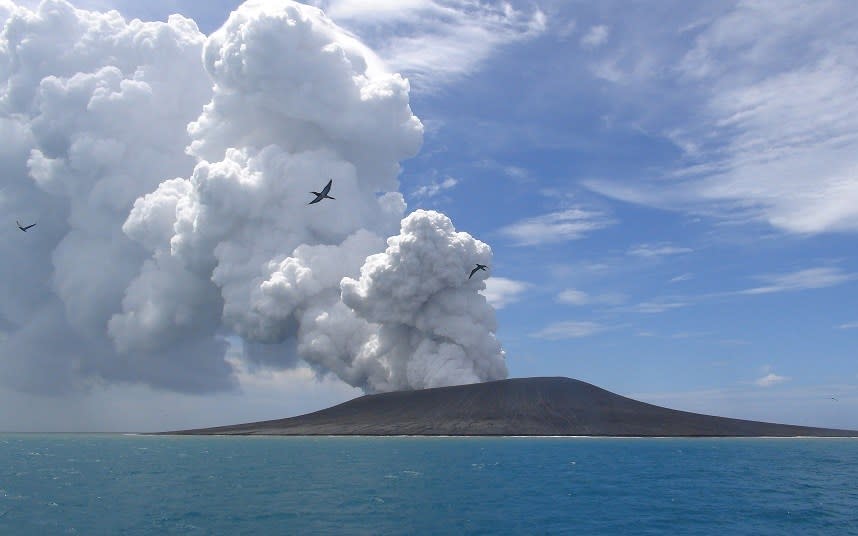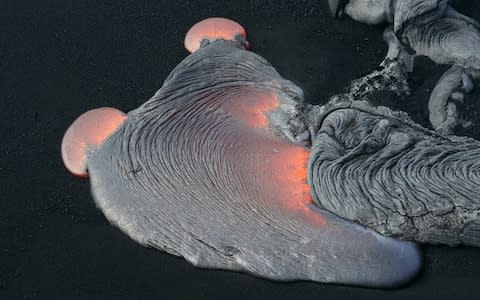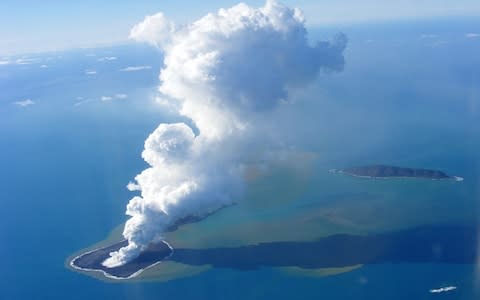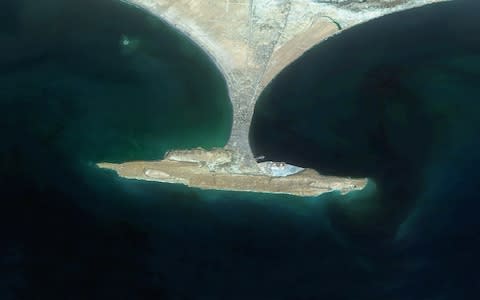Meet the new islands that have emerged in the last decade

As sea levels rise, islands around the world are under threat from disappearing. Kiribati, the Maldives and the Seychelles are just a few countries facing existential crises in the next hundred years.
Yet in the last decade, planet Earth has also welcomed some new additions to the map.
The latest cartographical amendment comes on the isolated archipelago of Hawaii, where lava that has spewed from the erupting Kilauea volcano has flowed into the sea to create nearly a mile of new coastline.
US Geological Survey officials say the flow is still very active and there is no way of knowing when the eruption will end or whether more lava-spewing vents could open. As it stands, officials are advising that there is no reason for holidaymakers to cancel their trips to Hawaii.
While this new mile of coast is an extension of an existing land mass, there are some entire islands that have emerged in the oceans in recent years.

Hunga Tonga-Hunga Ha?apai, South Pacific
In 2014 a new island sprung into existence in the Kingdom of Tonga in the South Pacific. The land mass emerged after a submarine volcano erupted, sending ash 30,000 feet into the sky and disrupting flights in the region.

Hunga Tonga-Hunga Ha’apai has a 120m summit and was originally predicted to survive for only six months, but scientists at Nasa now believe it could last for anywhere up to thirty years.
Nishinoshima, Japan
Prior to 1974, the small Japanese island of Nishinoshima had seen no eruptions for 10,000 years. In November 2013, an eruption which would go on to last for two years created a new island called Niijimi off the southeast shore of the land mass.

The two islands eventually merged, expanding Nishinoshima’s land area by approximately 12 times its original size.
Shelly Island, North Carolina
Shelly Island’s existence was short but sweet. The sandy island began forming in April 2017 in the Outer Banks of North Carolina.
Small land masses often appear in the area, but Shelly Island made headlines for its size and the speed at which it emerged. It is believed a gentle season of northeastern storms and stronger-than-usual southwesterly winds contributed to the development of the new sand bank.
Alas, the island - so named after its vast quantities of shells - ceased to exist in February 2018, when satellite footage revealed it had completely disappeared.
Zalzala Koh, Pakistan
This small island first emerged off the coast of the port city of Gwadar in September 2013 following a 7.7-magnitude earthquake.

Many geologists predicted that the island would soon resubmerge after satellite imagery revealed it had sunk 3m into the sea shortly after it first emerged. By the end of 2016, Zalzala Koh no longer existed.
Kavachi, Solomon Islands
Known as Rejo te Kvachi, literally “Kavachi’s Oven”, this is one of the most active submarine volcanoes in the Pacific. Over the past century, it has frequently created new islands.
There have been 11 significant eruptions since the late 1970s, although the new islands that are created here have never been large enough to resist erosion.
Jadid and Sholan Islands, Yemen
These two islands formed after volcanic eruptions in the Zubair archipelago in 2011 and 2013.
The Red Sea is not a part of the world you would typically associate with volcanic activity, but the Zubair archipelago forms part of the African rift system spanning 3,000km. Researchers believe that further island-building eruptions could be expected here in the coming decades.